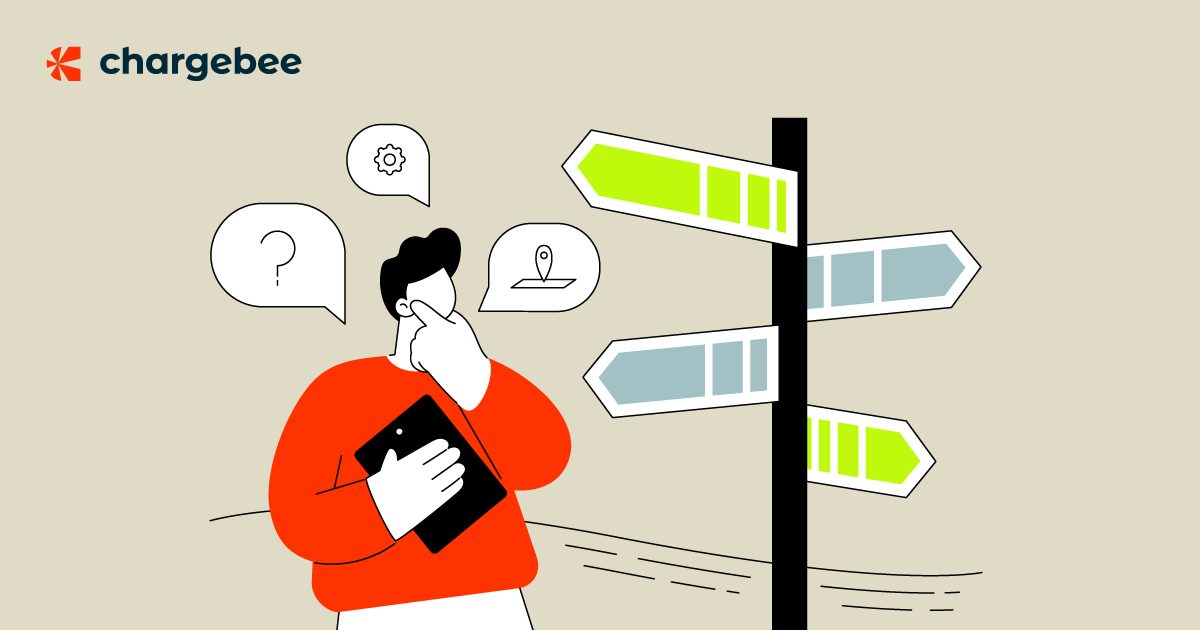
The SaaS market has reached a significant size and is still showing signs of enormous growth rates. By varying their products, vendors can improve their market share and bottom line through successfully addressing the tension areas of customer acquisition, costs and pricing.
For many late entry founders, the need to differentiate their product is paramount to achieve brand recognition, market support and sales. Many vendors position themselves to be providing managed services or “business ready” applications that are available 24/7. The problem with these propositions is that every company is saying nearly the same thing.
You need to be different to make users know you. You need to differentiate your service. How do you do this?
Differentiation in SaaS
Differentiation can be exciting, but if it does not help in generating revenues, then perhaps it is not necessary. As a VP or entrepreneur, your job is to help your team find solutions to the problems that your customers have.
Today’s market, regardless of the industry, is saturated. Without a doubt, no company is operating alone in an island. This begs the question, is there really any differentiation between the vendors? Every company seems to be saying the same thing. Ask a company what makes them different, and you will hear something about “great service” or “functionality”.
The truth is that vendors cannot compete on feature-functionalities anymore. Look at the market; every vendor has about 98% of what the leading company offers. In fact, the other 2% are usually non-core features that customers can do without. There was a time that better storage spaces and more efficient processes were differentiating factors. That time has however passed.
True differentiation is evolving. No longer is having great service or features a concrete differentiation point. True, every company should offer great service and feature, but more needs to be done to truly differentiate the service from those already in the market. Today’s differentiation is on how better applications can deliver data and the analytics framework of the application.
Examples of Differentiations
Successful differentiation is not about features. Your competitors probably have the features that you think are differentiating your product. Some companies have found successful ways to differentiate themselves in their markets, and this has made the leaders in their industries.
One common thing you will notice with the differentiations is that they are meant to benefit the end user. Let’s look at the three major types of differentiations.
1. Product Differentiation
In an industry where integrating online payments on websites was a nightmare, Stripe moved in quick and captured the imagination of developers with its API that makes it easy to integrate payments on your terminal.
While other payment services providers were already in the market for years, Stripe’s developer-friendly API made the company make a strong foot in the market. To get started with Stripe, users simply need to embed some code on their website and they are good to go.
Most of the competing payment processors have the same features; no need to have a merchant account, low fees and so on. But Stripe’s easy API made it different. This differentiation makes it easy for anyone to integrate a payment system on their website. This is an example of what today’s differentiations are about.
.@stripe has some of the most straightforward, beautiful API docs I’ve seen. http://t.co/S5JTLl5wJz
— John Capecelatro (@jcap49) October 10, 2013
First time tinkering with @stripe. Really impressed!! Got a payment gateway up and running in literally 15 mins! #gamechanger
— Robi Buckley (@robibuckley) October 13, 2013
How I wish every service giving APIs for integration document it like @stripe. Few @shopifyapi APIs don’t even match up to docs.
— Aakash Goel (@aakashlpin) October 8, 2013
2. Service Differentiation
For a long time, PayPal, Authorize.Net and other traditional payment processors dominated the market and set the rules of engagement. Users had no option but to operate under archaic terms of engagement such as lack of transparency and customer data locks. This is until Braintree came into the picture.
Braintree quickly took off thanks to its transparency and allowing data portability. What made Braintree so popular? Is it its low fees or the ability of users accepting payments without a merchant account? These two features were not entirely unique in the market.
What made Braintree different is its transparency and allowing data portability. No merchant would like to lose their customer data when they switch gateways and this problem is what Braintree solved.
3. Execution Channels and Partnerships
Another great example of differentiation is by SalesForce. Through its cloud-based platform Force.com, the company allows developers to create add-on apps that integrate into SalesForce app and are hosted on its infrastructure.
SalesForce offers a network of interconnected enterprise products that make it easy for users to carry out different functions. By using SalesForce, users do not need to have other different CRM apps. Read here for an overview of SalesForce nerve center.

Service differentiation has potential to both vendors and customers. The right differentiation approach for SaaS solutions should be relevant to the business unit and the target users. Whether analytical or functional differentiation, companies should ensure the needs of the users are taken care of.
How to Differentiate Your Business
In most instances, differentiation is all about innovation or going against the grain. If you are hoping to win market share through features or functionality, you have a tough battle ahead.
The best way to differentiate your service is by either creating an innovative product, different service or have useful multi-channel executions and partnerships. The differentiation should be aimed at solving a problem that your customers have. If you solve a problem in a better way than the others available in the market, you will have made the difference that will take your company from the sea of apps to a league of its own.
Apart from these three major ways to differentiate your product, there are other methods that can differentiate. These include:
Pricing: How do you price your product? Are you working with a fixed price model or are you the cheapest vendor in the market. Suffice to say, price will not win you the differentiation race. However, it will complement other efforts like technological innovation.
Customer service: This is one of the most important factors you should consider to successfully grow your company. While this differentiation is important, it is not different from what most companies do. Any company can offer excellent customers service. So, apart from excellent customer care, what makes your company stand out?
Features: While we have said that features are not the right differentiation avenue, they can make your product stand out. However, avoid cosmetic features that do not add value to the experience of your users. If you need to add a feature, do it after getting feedback from your customers.
What are you doing to differentiate your SaaS application in the market? Let us know.

